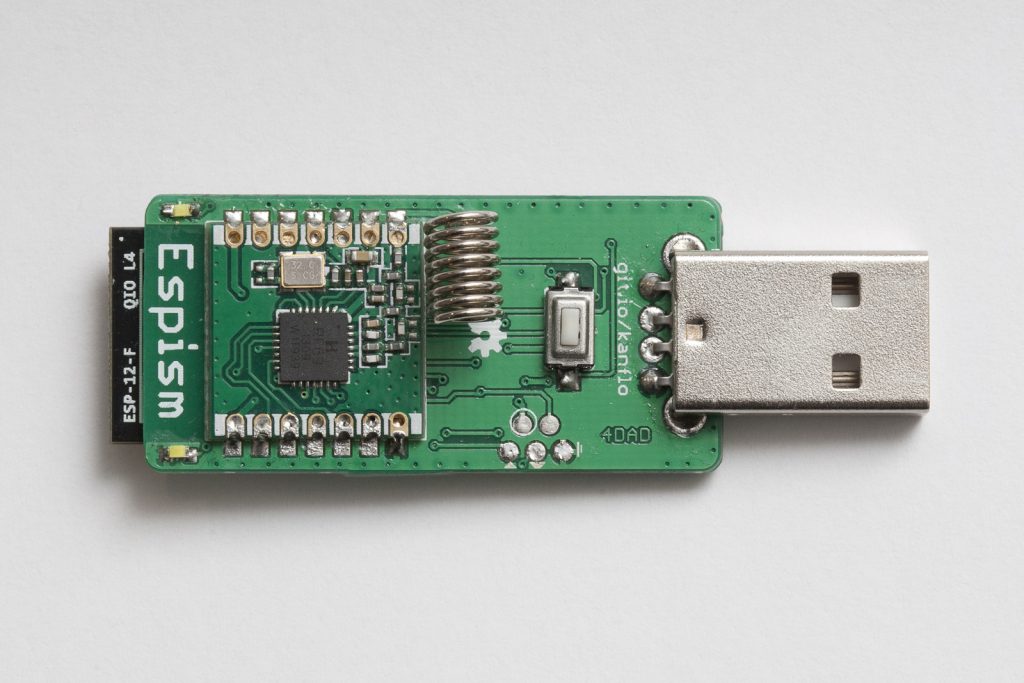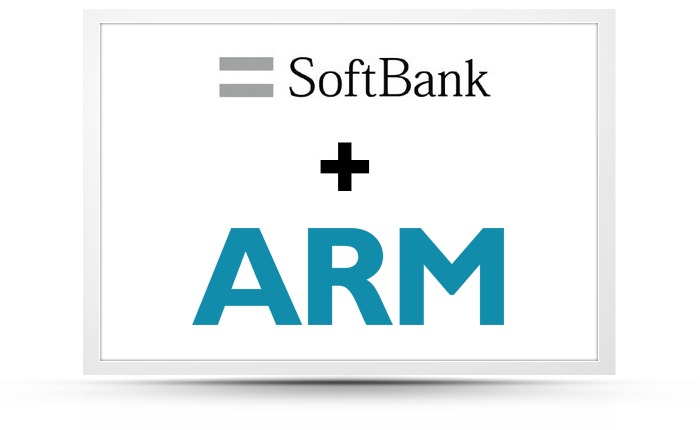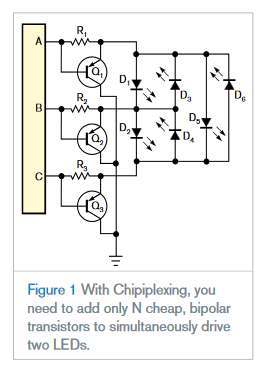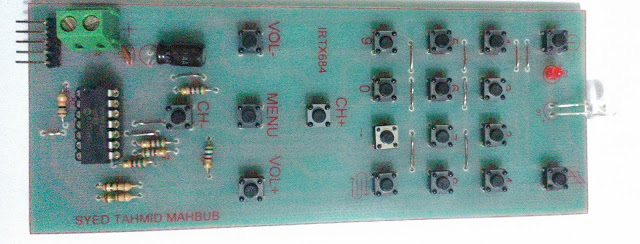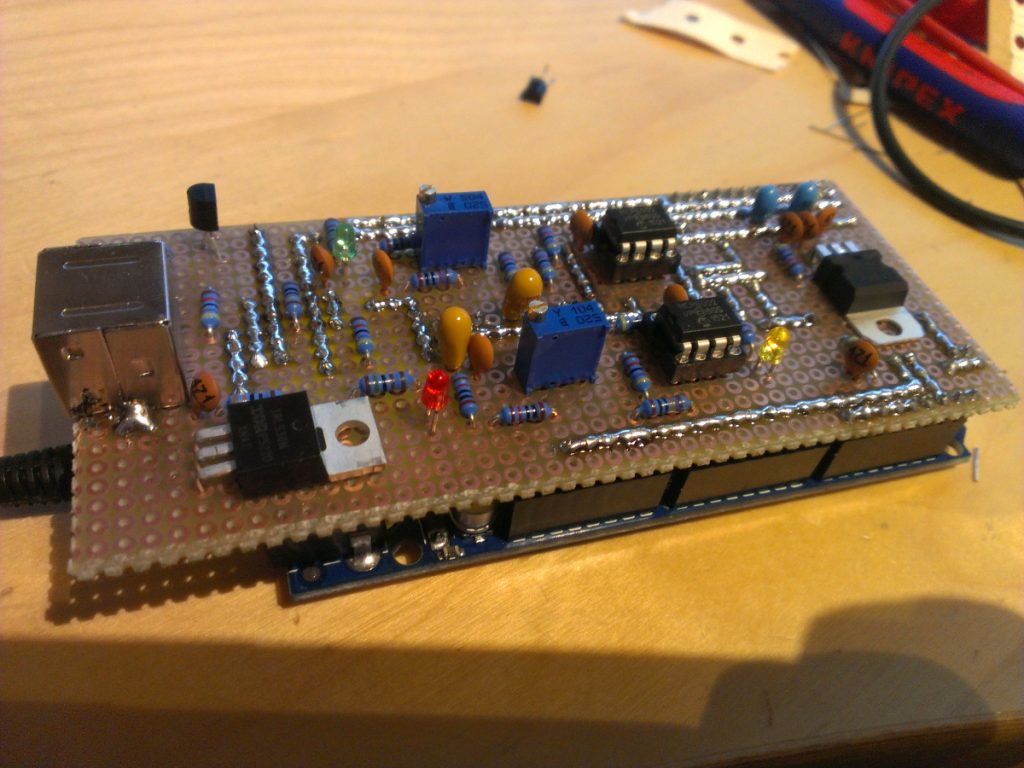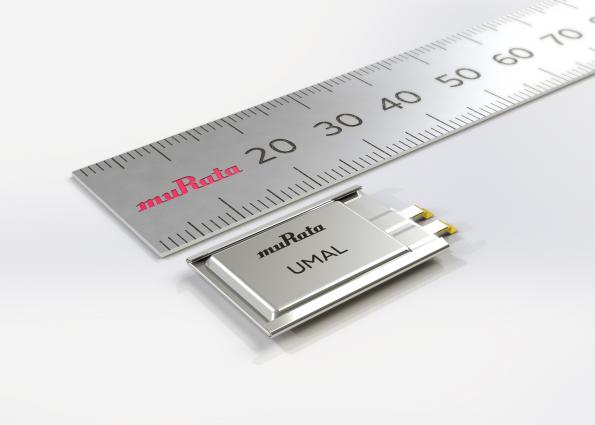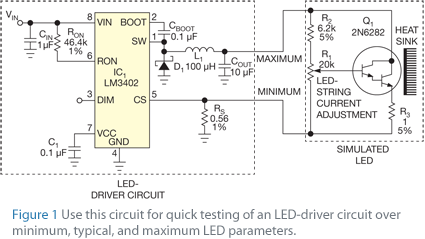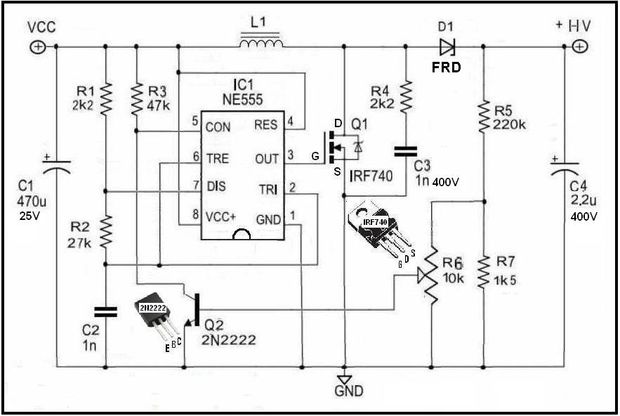educ8s.tv uploaded the last video of this season and it’s a different one!
The first one, is this: Practical Electronics for Inventors. Since I studied computer science and not electronics engineering at University, I needed to find a good book to study electronics myself. After a lot of search I concluded that this book was the ideal book for me. This is a fantastic book at a fantastic price! It costs less than 30$ and I think this book should be on the shelf of every electronics hobbyist or engineer. It is a big book, it is almost 1.000 pages long and covers a wide variety of topics in circuit analysis and design, from basic theory to Arduino. Each chapter includes an overview of the theory and big ideas of the subject, plus practical information for those looking to implement the ideas.
Two books for makers that you should read! – [Link]





